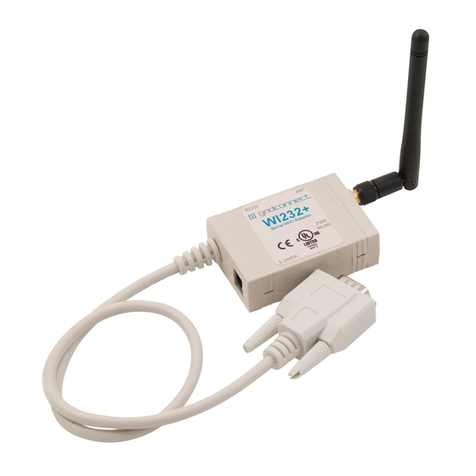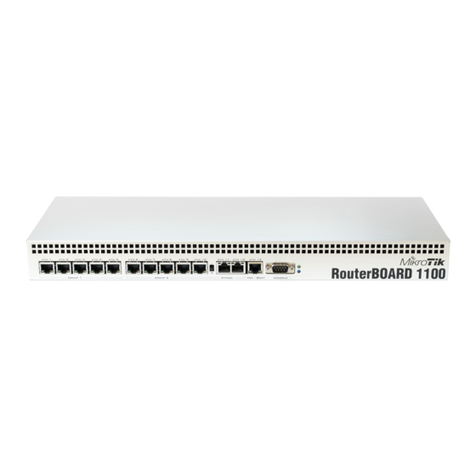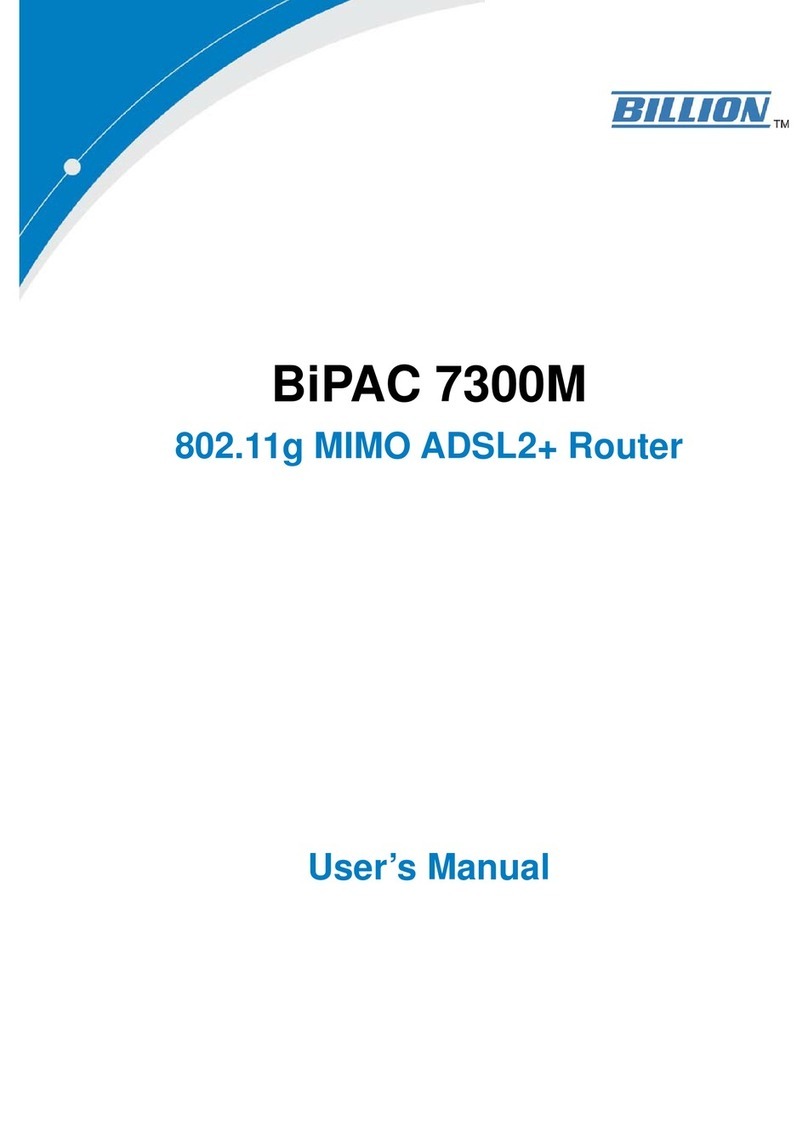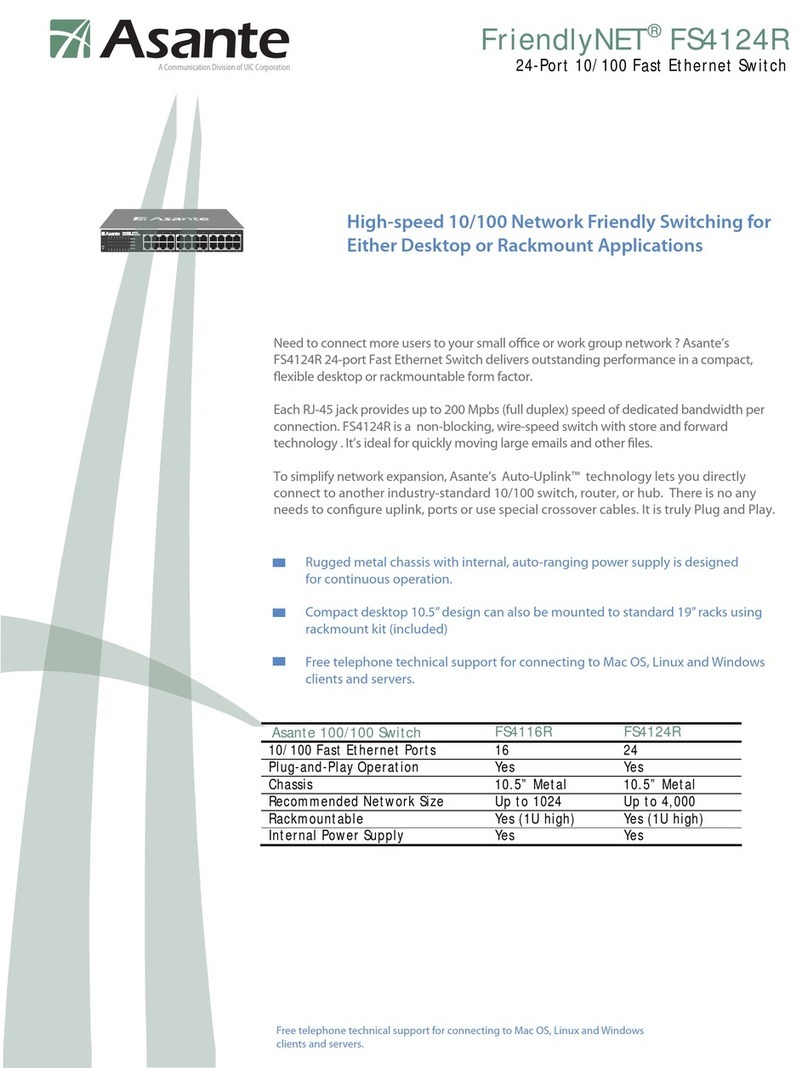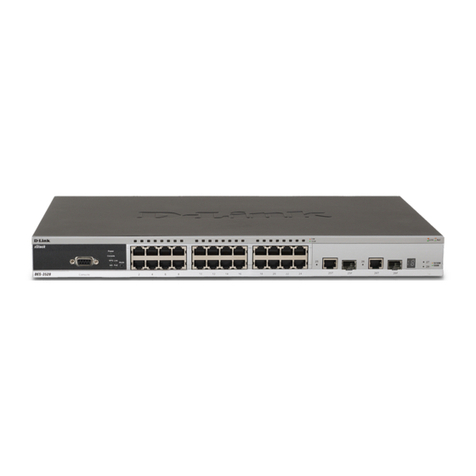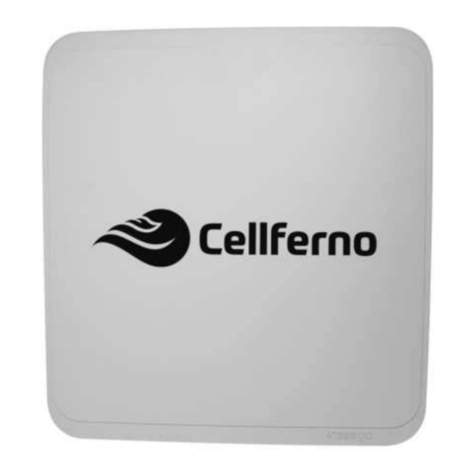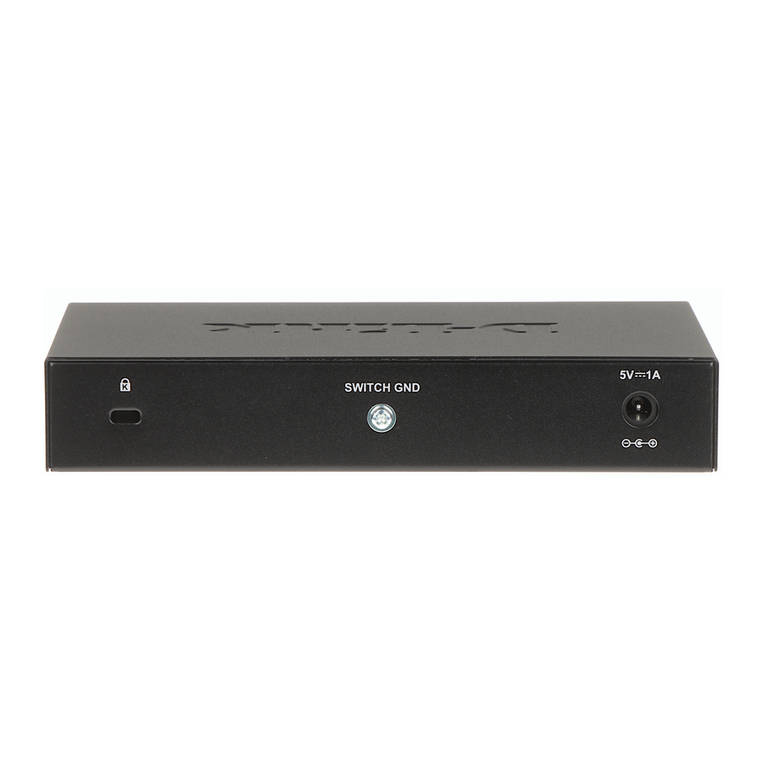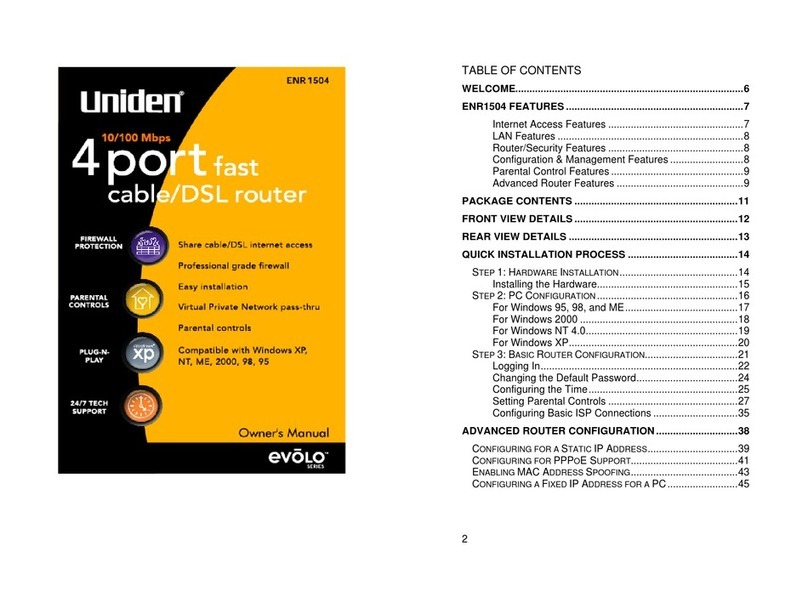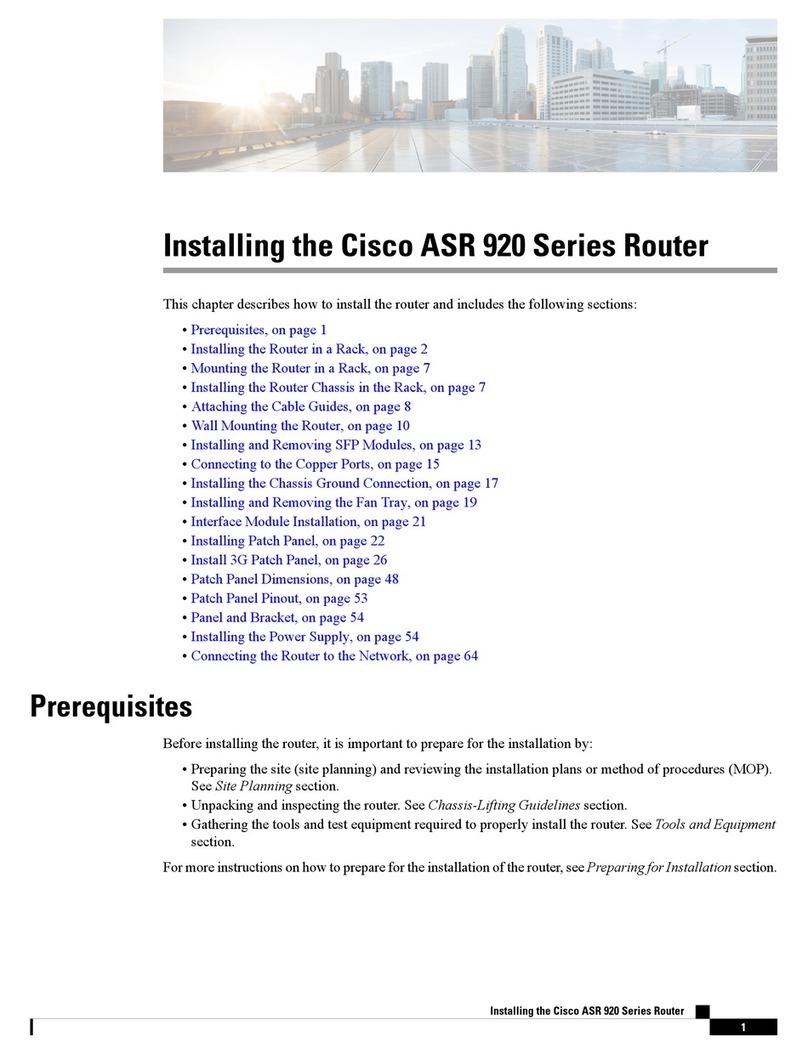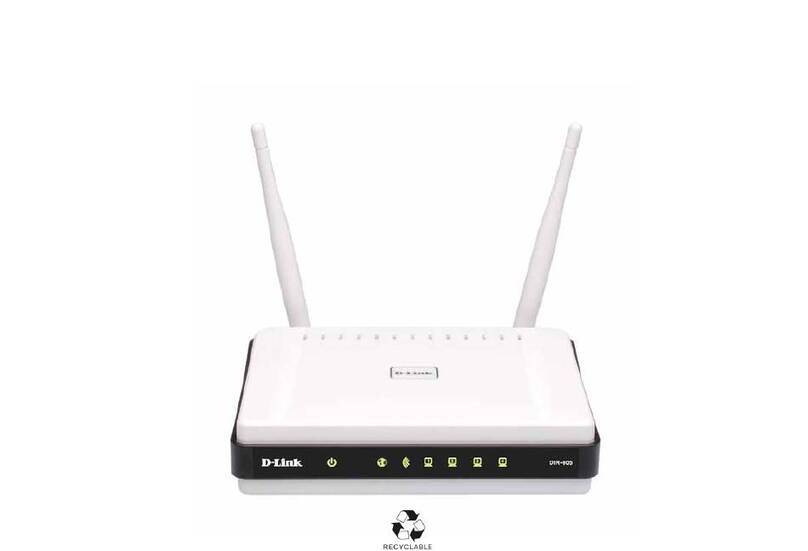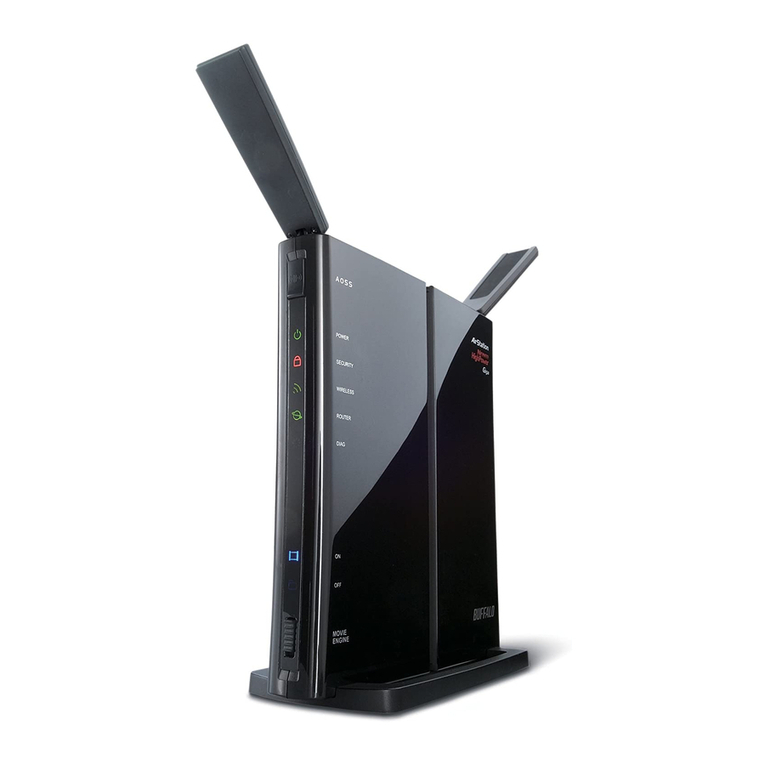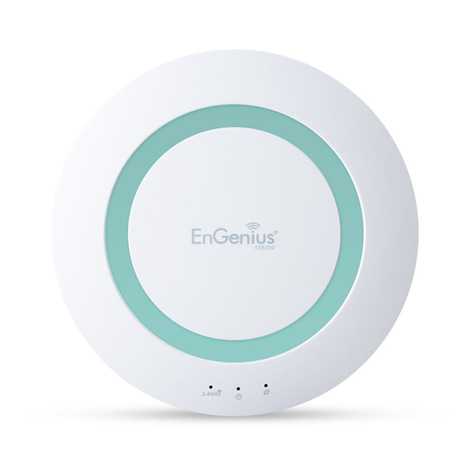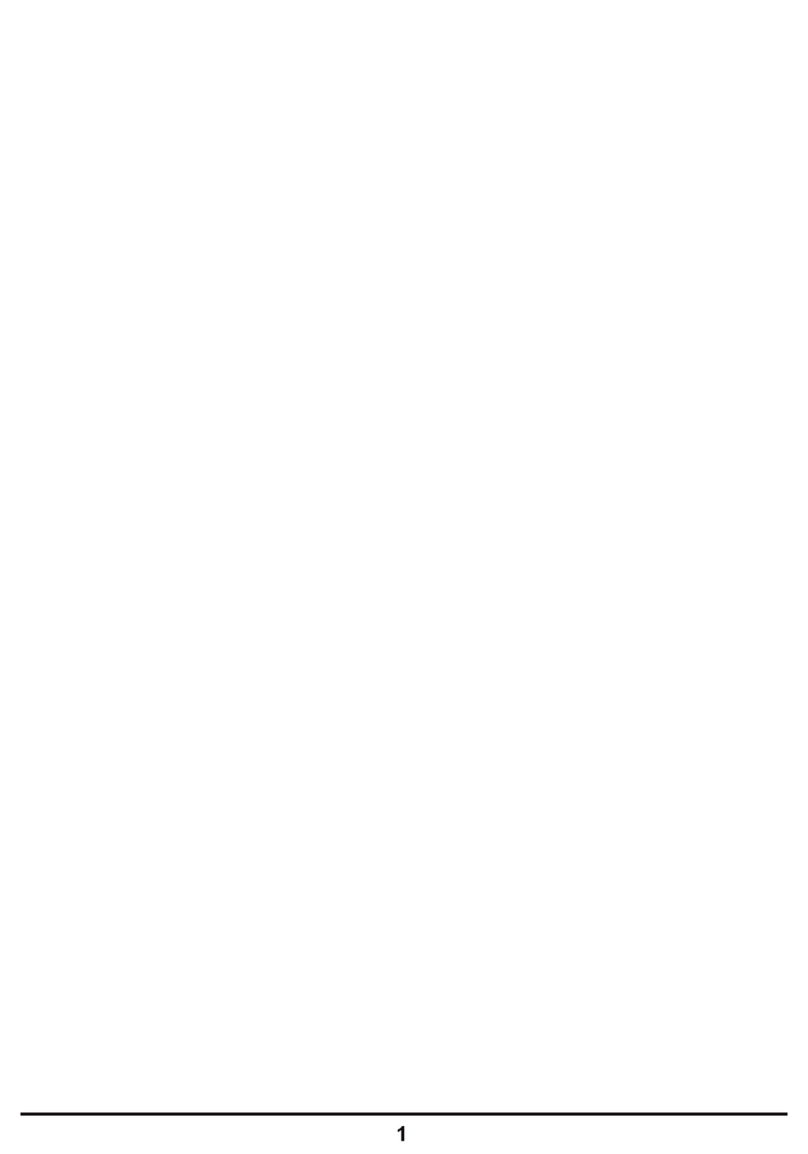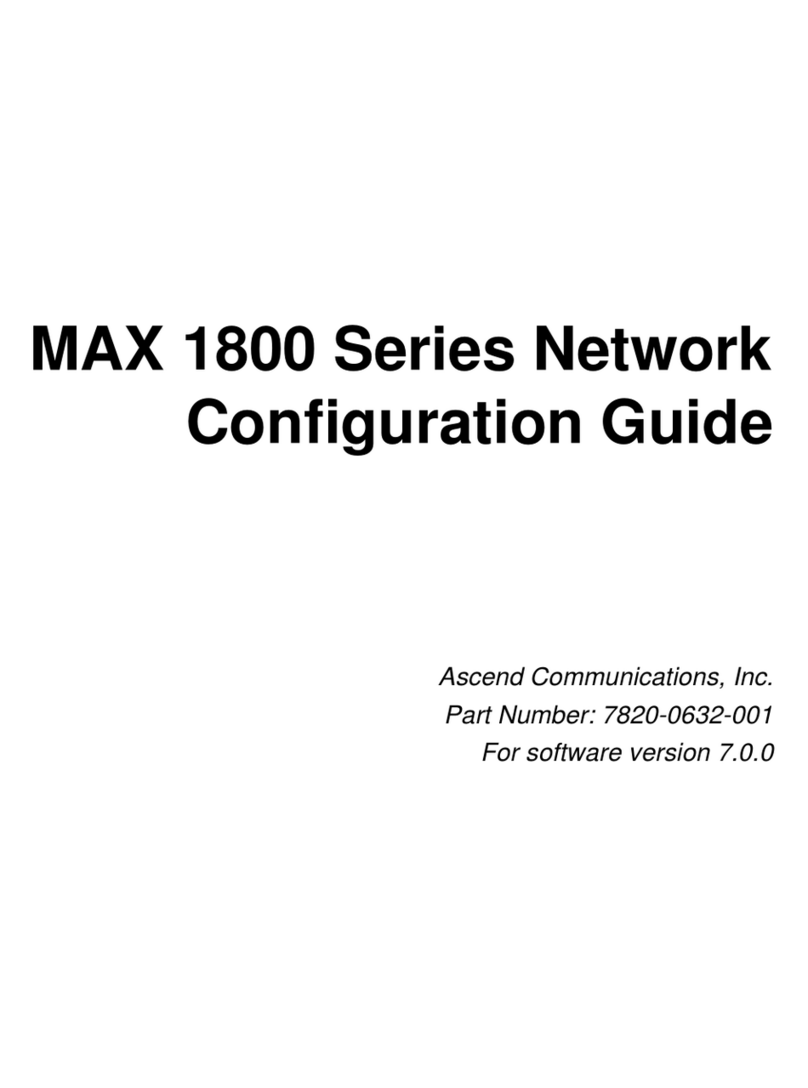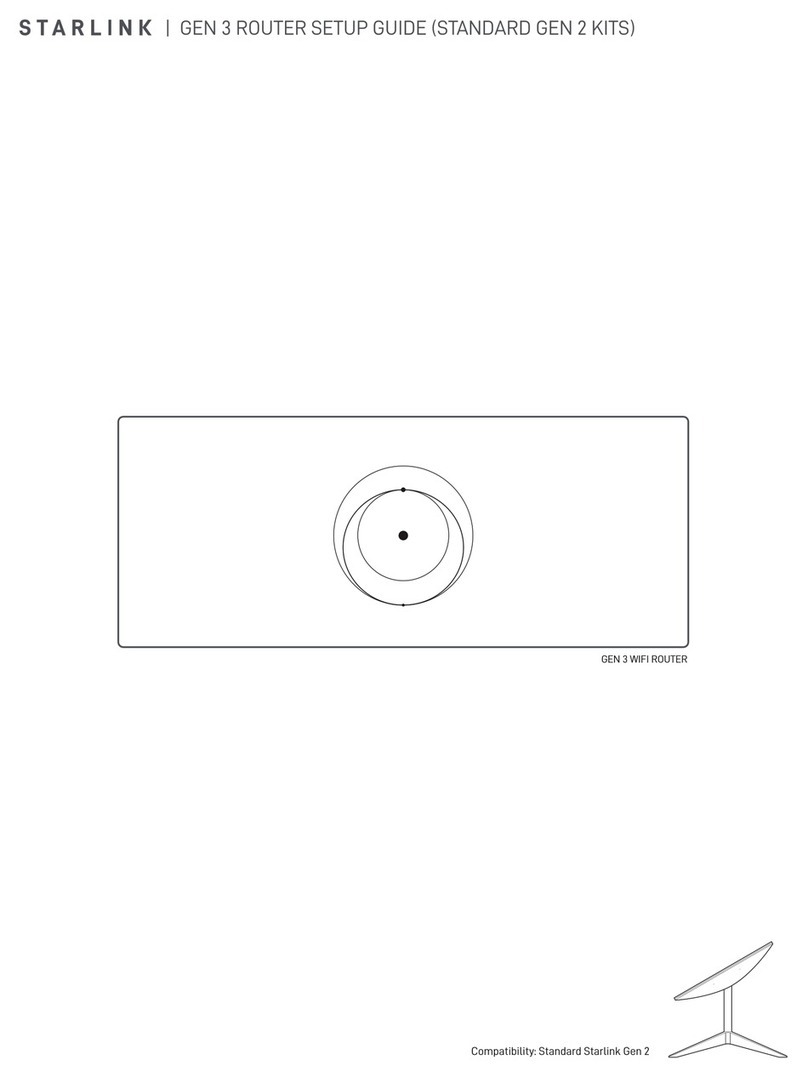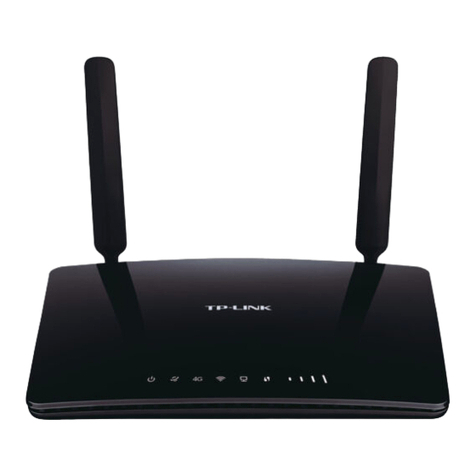GridConnect GC-ATC-405 User manual

Quick Start Guide
Industrial 5-Port 10/100Mbps Management
Ethernet Switch
MODEL GC-ATC-405
Note: These instructions are for a typical installation.
Refer to the long form installation and management
guides found from CD details.
1.
The GC-ATC-405 is shipped with the following
items.
If any of these items is missing or damaged, please
contact your customer service representative for
assistance.
■
■■
■GC-ATC-405 Ethernet Switch. 1Pcs
■
■■
■Quick Start Guide 1Pcs
■
■■
■CD-ROM with User’s Manual and Windows
Utility. 1Pcs
■
■■
■Panel Mounting Kit. 1Pcs
2. Install the switch to your DIN rail as shown in the
diagram below. First, hook the top of the DIN rail clip
to the rail. Then push the bottom of the switch
towards the rail until it locks into place. Refer to the
Hardware Installation Guide.
3. Apply power to the switch per the instructions
following the warnings below.
The switch will have a removable screw terminal
plug (green) as shown in the diagram. The function
of each position will be indicated on a label adjacent
to the plug and/or on the side of the switch.
Step 1: Insert the negative/positive DC wires into the
V-/V+ terminals.
Step 2: To keep the DC wires from pulling loose,
use a small flat-blade screwdriver to tighten the
wire-clamp screws on the front of the terminal block
connector.
STEP 3: Insert the plastic terminal block connector
prongs into the terminal block receptor, which is
located on the EDS’s bottom panel.
STEP 4: Turn on your source power and verify that
the power LED(s) are on.
4. Plug in your Ethernet cables and the switch will
immediately start to operate and pass data.
5. Now you may configure the switch for more
advanced operations. See below for further
information.
Unmanaged Switches (GC-ATC-405U): No
configuration is available or necessary.
Managed Switches (GC-ATC-405):
To set the IP address so that you can manage the
switch via the web interface:
A. Connect the switch directly to your PC’s Ethernet
port using any Ethernet patch cable. The switch’s
default IP is 192.168.2.1.
B. On your PC, go to Control Panel – Network
Connections and access the properties for your
LAN’s Internet Protocol (TCP/IP). Record your
current settings, then select “Use this IP address”
All power, input and output (I/O) wiring must be in
accordance with Class I, Division 2 wiring methods
and in accordance with the authority having
jurisdiction.
WARNING
–
EXPLOSION HAZARD
– SUBSTITUTION OF
COMPONENTS MAY IMPAIR SUITABILITY FOR CLASS I,
DIVISION 2.
WARNING – EXPLOSION HAZARD – WHEN IN HAZARD
OUS LOCATIONS, DISCONNECT POWER BEFORE
REPLACING OR WIRING UNITS.
WARNING – EXPLOSION HAZARD – DO NOT
DISCONNECT
EQUIPMENT UNLESS POWER HAS BEEN SWITCHED OFF
OR THE AREA IS KNOWN TO BE NONHAZARDOUS.
WARNING – EXPLOSION HAZARD – IN HAZARDOUS OR
POTENTIALLY HAZARDOUS LOCATIONS, DO NOT
SEPARATE ANY PART OF THE UNIT WHEN ENERGIZED.
USE THE UNIT FOR INTERNAL CONNECTIONS ONLY.

and set the IP and subnet to 192.168.2.100 (see
note above). Close and reboot if prompted.
C. Run a web browser and type 192.168.2.1 into the
address bar and hit enter. Use “admin” for user
name and “system” for password to access the web
interface.
D. In the Quick Setup screen, enter your desired IP
and subnet, or enable DHCP. Click on “Commit
Changes” to save these new settings to the switch.
E. Repeat step 4 to return your PC to its original IP
address and subnet mask.
Now you can access your switch using the new IP
address. Refer to the full management guide or web
interface help for details on further configuring the
switch.
Environmental and Technical Specifications
Operating Temperature Range: -25°…75°C
Humidity Range:5…95% RH, non condensing
Dimensions approx.: 135 x105 x 54 mm
Weight approx.: 0.9kg with Panel Mounting Kit
CE/FCC Statement
FCC Warning
This device complies with part 15 of the FCC Rules. Operation is subject to the following two
conditions:
1. This device may not cause harmful interference, and
2. This device must accept any interference received, including interference that may
cause undesired operation.
CE Statement, EMC Compatibility
This device complies with EN Standards EN55022 and EN55024 according to the relevant
EC EMC Directive. It must be used with shielded cables only to maintain EMC compatibility.
Recycling Information
WEEE (Waste Electrical and Electronic Equipment),
Recycling of Electronic Products
United Kingdom
In 2006 the European Union introduced regulations (WEEE) for the collection and
recycling of all waste electrical and electronic equipment. It is no longer permitted to
simply throw away electrical and electronic equipment. Instead, these products must
enter the recycling process.
Each individual EU member state has implemented the WEEE regulations into
national law in slightly different ways. Please follow your national law when you want
to dispose of any electrical or electronic products.
More details can be obtained from your national WEEE recycling agency.
Germany
Die Europäische Union hat mit der WEEE Direktive umfassende Regelungen für die
Verschrottung und das Recycling von Elektro- und Elektronikprodukten geschaffen.
Diese wurden im Elektro- und Elektronikgerätegesetz - ElektroG in deutsches Recht
umgesetzt.
Dieses Gesetz verbietet das Entsorgen von entsprechenden, auch alten, Elektro- und
Elektronikgeräten über die Hausmülltonne! Diese Geräte müssen den lokalen
Sammelsystemen bzw. örtlichen Sammelstellen zugeführt werden! Dort werden sie
kostenlos entgegen genommen. Die Kosten für den weiteren Recyclingprozess
übernimmt die Gesamtheit der Gerätehersteller.
France
En 2006, l'union Européenne a introduit la nouvelle réglementation (DEEE) pour
le recyclage de tout équipement électrique et électronique.
Chaque Etat membre de l’Union Européenne a mis en application la nouvelle
réglementation DEEE de manières légèrement différentes. Veuillez suivre le
décret d’application correspondant à l’élimination des déchets électriques ou
électroniques de votre pays.
Italy
Nel 2006 l’unione europea ha introdotto regolamentazioni (WEEE) per la raccolta e il
riciclo di apparecchi elettrici ed elettronici. Non è più consentito semplicemente
gettare queste apparecchiature, devono essere riciclate.
Ogni stato membro dell’ EU ha tramutato le direttive WEEE in leggi statali in varie
misure. Fare riferimento alle leggi del proprio Stato quando si dispone di un
apparecchio elettrico o elettronico.
Per ulteriori dettagli fare riferimento alla direttiva WEEE sul riciclaggio del proprio
Stato.
For Technical Support:
Other GridConnect Network Router manuals
